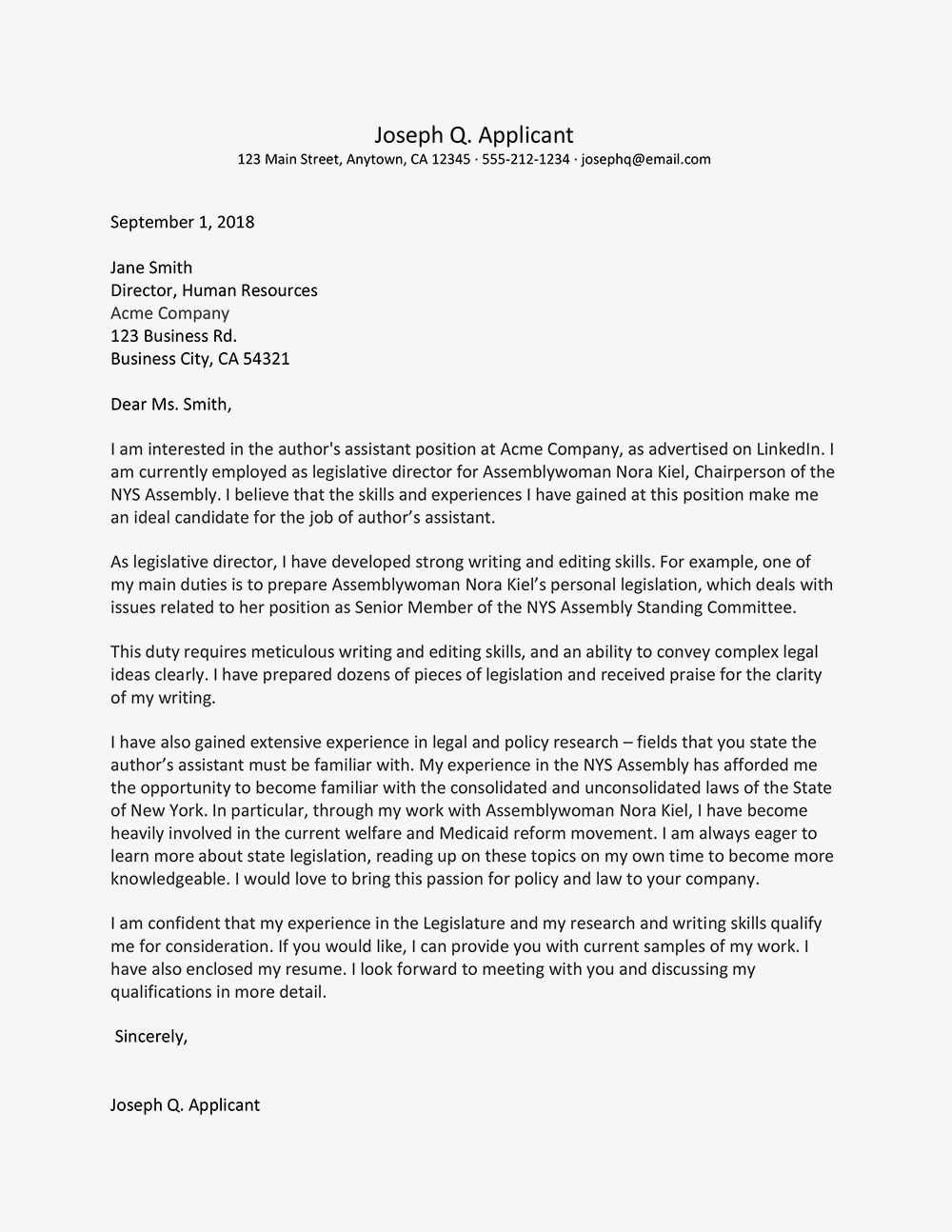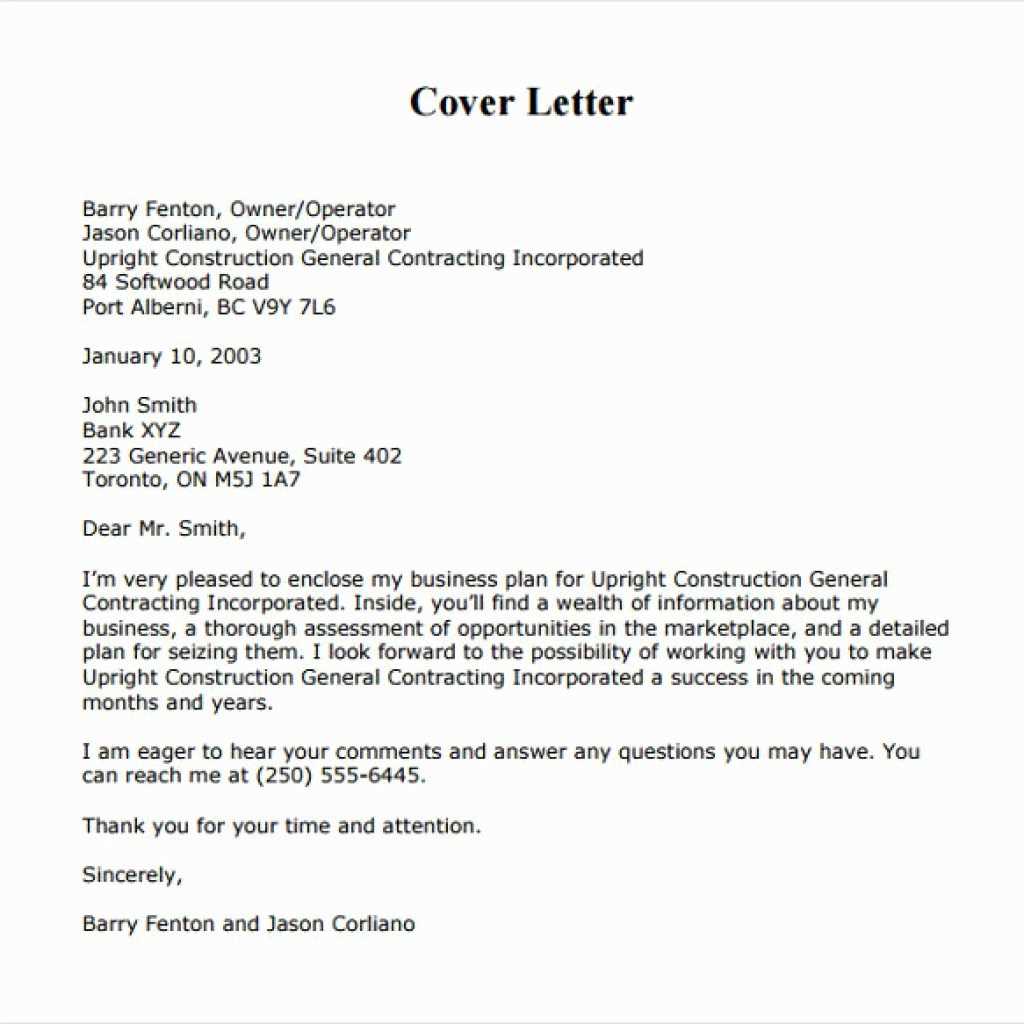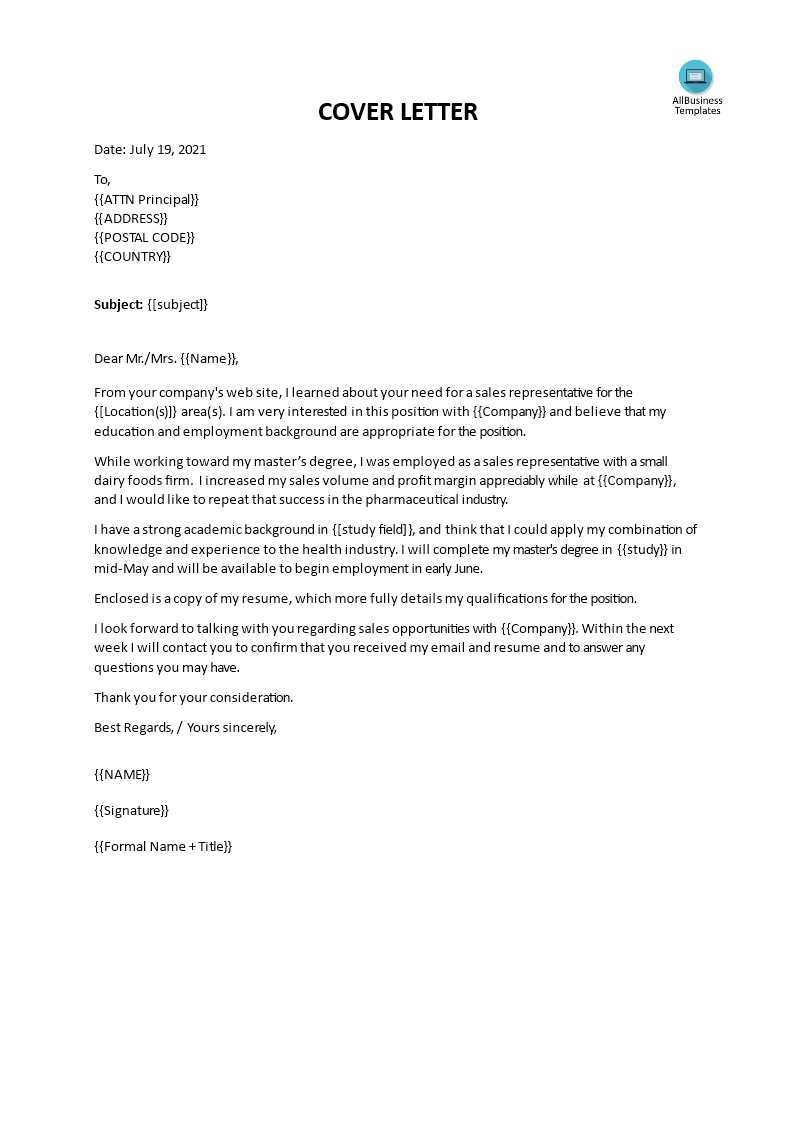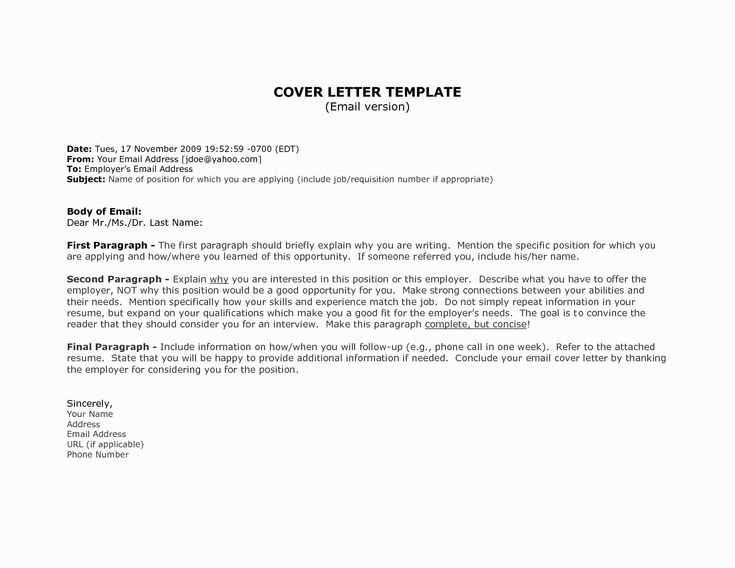Disruptive cover letter templates

Stop following the same outdated formats and stand out with a cover letter that speaks to your unique qualities. A disruptive cover letter grabs attention by showing off your personality and how you can contribute in ways others might not expect. Tailor your approach to show your value, not just a list of experiences.
Choose a template that aligns with your style but pushes boundaries. Incorporating bold formatting and visual elements can create a memorable first impression. Be specific–mention achievements and situations where you made a real difference, not just generic responsibilities. The focus should be on what sets you apart from the sea of applicants.
Keep the tone conversational but confident. You want to engage the reader without sounding too stiff or too casual. Don’t forget to match the voice of the company while still keeping the essence of who you are. Personalization goes a long way–use the company’s values and needs to frame your narrative in a way that shows you’re the perfect match.
Disruptive Cover Letter Templates: A Practical Guide
Craft a cover letter that stands out by using clear, direct language. Skip the fluff and focus on what makes you unique for the role. Use the template as a framework, but inject your personality and passion into it. Be specific about your skills and how they directly benefit the company you’re applying to.
Key Structure Elements
A well-structured cover letter makes it easy for the reader to quickly understand your value. Start with a strong opening, mentioning the role you’re applying for and how your experience aligns with the job requirements. Use the middle section to highlight your accomplishments, showing exactly how your skills address the company’s needs. End with a confident closing, inviting them to discuss how you can contribute to their team.
Personalization and Specificity
Don’t rely on generic phrases or templates. Personalize every cover letter to the specific company and role. Mention a recent company achievement or challenge, then explain how your experience can address it. The more specific you are, the more impactful your letter will be.
How to Craft a Bold Opening Line for Your Cover Letter
Start with a statement that immediately grabs attention. Avoid generic phrases like “I’m excited to apply.” Instead, begin with something that showcases your personality or highlights a key achievement. For example:
- “In my last role, I increased sales by 30% within six months, and I’m eager to bring that same drive to your team.”
- “With 10 years of experience in software development, I’ve built applications that serve millions of users globally.”
- “Your company’s mission to innovate in sustainable energy is exactly why I’m reaching out–let’s talk about how my expertise can contribute.”
Be specific about what you can bring to the table. Tailor your opening line to the job description and company, showing you’ve done your research. Mentioning a company project, recent news, or a shared value can immediately align you with their goals.
Keep it concise but powerful. A bold opening line isn’t about being overly formal–it’s about being memorable and showing you’re confident in your abilities. Aim for clarity, while still conveying excitement and a deep understanding of what the role requires.
Creating a Unique Value Proposition That Stands Out
Identify your key strengths and how they meet the needs of your target audience. Highlight what sets you apart from others–whether it’s your skills, experience, or unique approach to problem-solving. Focus on solving specific pain points and demonstrate clear, measurable results you’ve achieved in previous roles. Use real examples to show how your contribution directly impacts success.
Be Specific About Your Impact

Avoid generalizations. Rather than saying you “help companies grow,” give an example of how you improved revenue or streamlined a process. Use metrics or percentages to make your value clear. A hiring manager should be able to easily understand the exact benefit of hiring you over another candidate.
Align Your Value with the Company’s Goals
Customize your value proposition to each company you apply to. Research the company’s mission and goals, and tailor your pitch to show how you can help them achieve those objectives. This shows not just what you offer, but why you’re the best fit for their specific needs.
End your proposition with a confident statement of what you will bring to the table and why it’s worth their time to continue the conversation. Keep the focus on how your unique skill set and experience will directly contribute to their success.
Highlighting Transferable Skills in a Disruptive Way

Frame your transferable skills with real-world examples that break the conventional mold. Instead of merely listing skills, demonstrate how they’ve shaped successful outcomes in varied settings. Start with a bold statement about a unique problem you solved in an unexpected context. Highlight how your skills, whether in leadership, communication, or problem-solving, fueled breakthroughs that others might not have anticipated. Show how you applied these skills to move beyond traditional boundaries.
Focus on Impact, Not Just Experience
Use specific outcomes to back up your skills. For example, instead of saying you led a team, explain how your leadership in a cross-functional project led to a 30% efficiency boost, even if it was outside your primary industry. This shifts the narrative from generic job titles to tangible results that resonate across various fields.
Highlight Adaptability with Examples of Rapid Problem-Solving
Rather than listing adaptability as a skill, describe how you quickly adjusted to a new role or industry and delivered measurable results. Focus on how you assessed new situations, identified gaps, and created solutions. Presenting adaptability this way shows you thrive in change and can bring a fresh perspective to new challenges.
Using Storytelling to Demonstrate Problem-Solving Ability
Show your problem-solving skills by telling a compelling story. Start with a specific situation where you encountered a challenge. Focus on your actions and the process you followed to resolve the issue. This gives hiring managers a clear understanding of how you think and approach problems.
1. Set the Scene
Describe the problem concisely. Mention the context, the goal, and why the problem mattered. Don’t get lost in too much detail. Keep it focused on the key elements to keep the story clear and relevant.
2. Focus on Actions, Not Just Results

Hiring managers want to know what steps you took to overcome the challenge. Instead of just highlighting the final outcome, explain your thought process and the specific actions you took. This shows your analytical and decision-making skills. Include details like:
- The steps you took to identify the root cause
- How you collaborated with others, if applicable
- The tools or methods you used to come up with a solution
These details provide insights into your approach, making it more concrete for the reader.
3. Show the Impact
Conclude by illustrating the positive results. Whether it was improving efficiency, saving costs, or resolving a conflict, make sure you show how your solution benefited the company or team. Quantify the results if possible.
Using storytelling this way lets you demonstrate problem-solving in a memorable and relatable way, giving your cover letter an edge over others.
Adapting Your Cover Letter for Non-Traditional Roles
Highlight transferable skills upfront. For non-traditional roles, employers often value adaptability and problem-solving over direct experience. Show how your past work applies to the new position. Address specific aspects of the job listing and connect them with your background, even if it’s in a different industry.
Focus on your passion and motivation. Hiring managers for non-traditional roles want to see that you’re genuinely interested and excited. Share why this role excites you, linking your personal interests or values with the company’s mission or the role’s core objectives.
Structure Your Cover Letter for Clarity
Keep it concise and targeted. Non-traditional roles attract many applicants from diverse backgrounds. Stand out by making your cover letter easy to follow. Use clear sections: a brief introduction, key skills or experiences, and a conclusion with a call to action.
Customize Your Tone and Language

Adapt your tone to match the company culture. Some organizations may prefer a casual, creative approach, while others expect a formal tone. Research the company’s style through their website, social media, or job descriptions to match their expectations.
| Traditional Role | Non-Traditional Role |
|---|---|
| Direct experience emphasized | Transferable skills highlighted |
| Standard job titles | Creative problem-solving examples |
| Clear career path | Passion and motivation emphasized |
Leveraging Industry Trends to Show You’re Ahead of the Curve
Focus on tangible industry shifts and how you’re already addressing them. Point out specific trends or innovations, such as automation in your field, green technology, or new software developments, and highlight your proactive involvement. For example, if your industry is embracing AI, mention how you’ve successfully implemented machine learning tools in your previous roles or how you’ve kept up with the latest AI certifications.
Provide examples of how you’ve adopted new strategies ahead of the curve. Did you lead a project that capitalized on a trend before it gained widespread attention? Demonstrate how your early adoption contributed to measurable outcomes, like reducing costs or improving efficiency. This shows you don’t just follow trends–you anticipate them and take action.
Link your experience with the current demand for future-focused skills. Show how your expertise aligns with upcoming trends, whether in sustainability, tech, or market shifts. This signals to hiring managers that you’re not just reacting to changes, but actively positioning yourself to lead within them.
Lastly, make sure you convey enthusiasm for the direction your industry is heading. Your excitement for upcoming trends will reassure employers that you are ready to drive forward-thinking initiatives. By focusing on concrete actions and proven outcomes, you build a compelling case for why you’re a candidate who’s not just keeping up but leading the way.